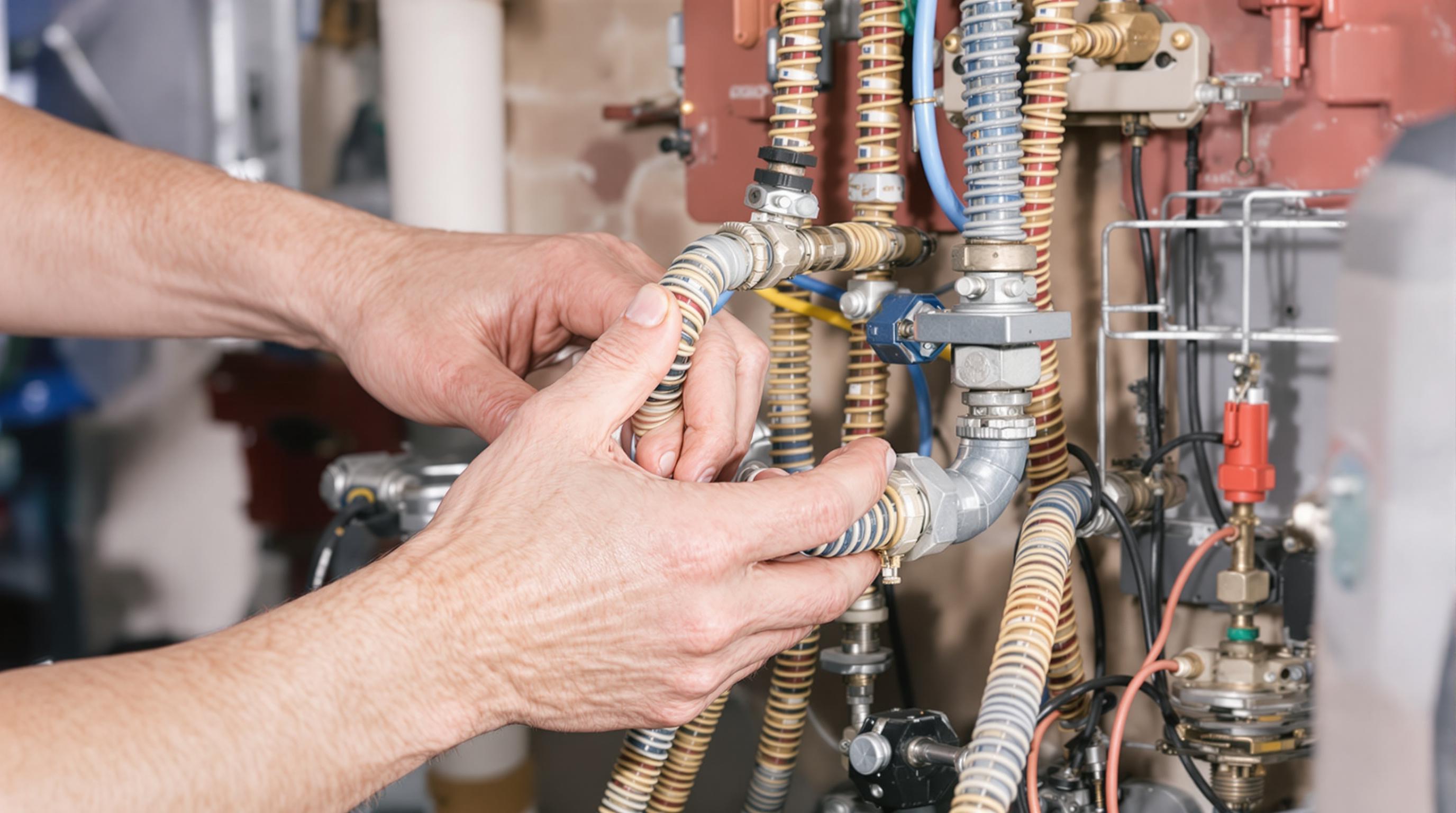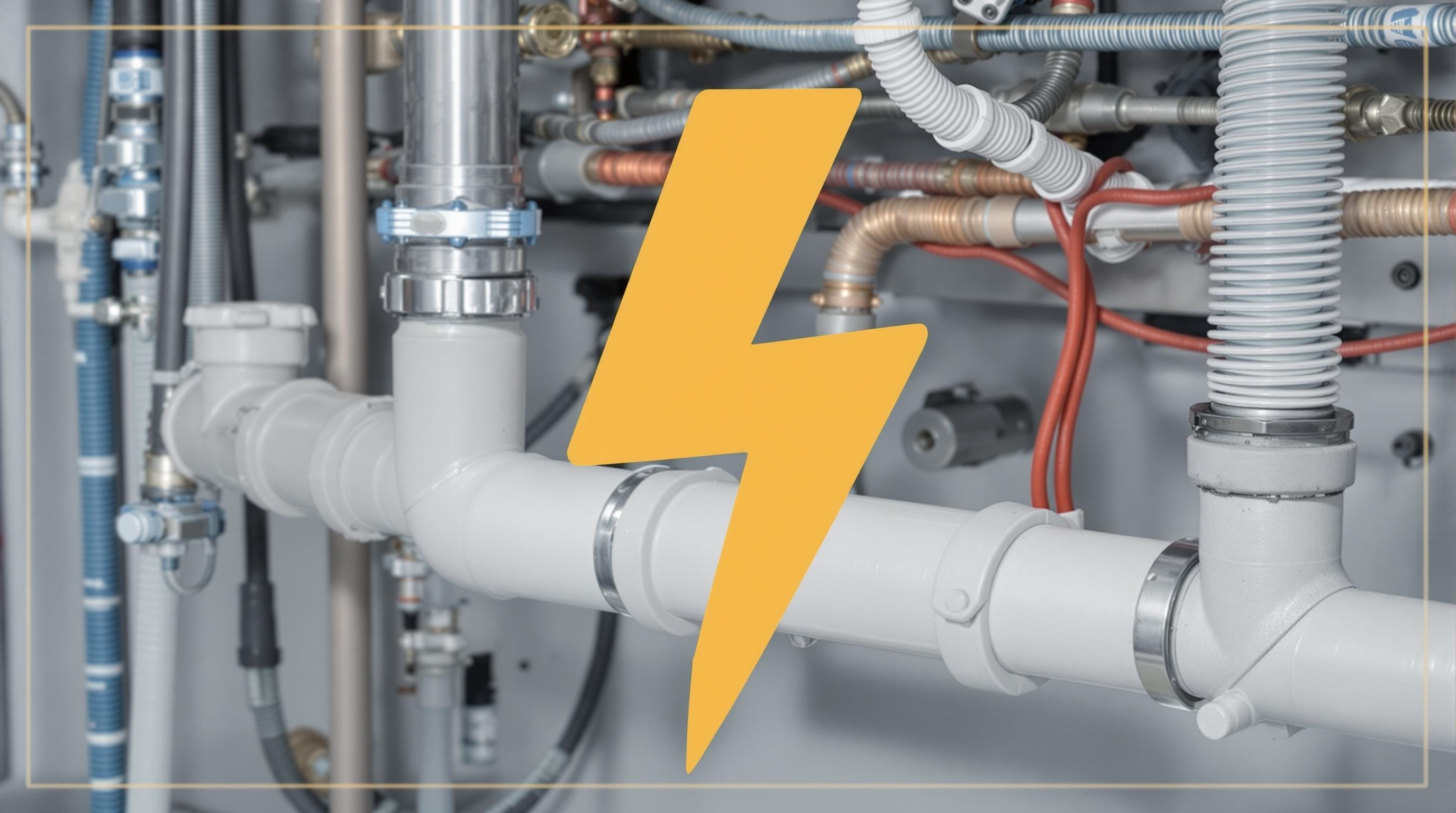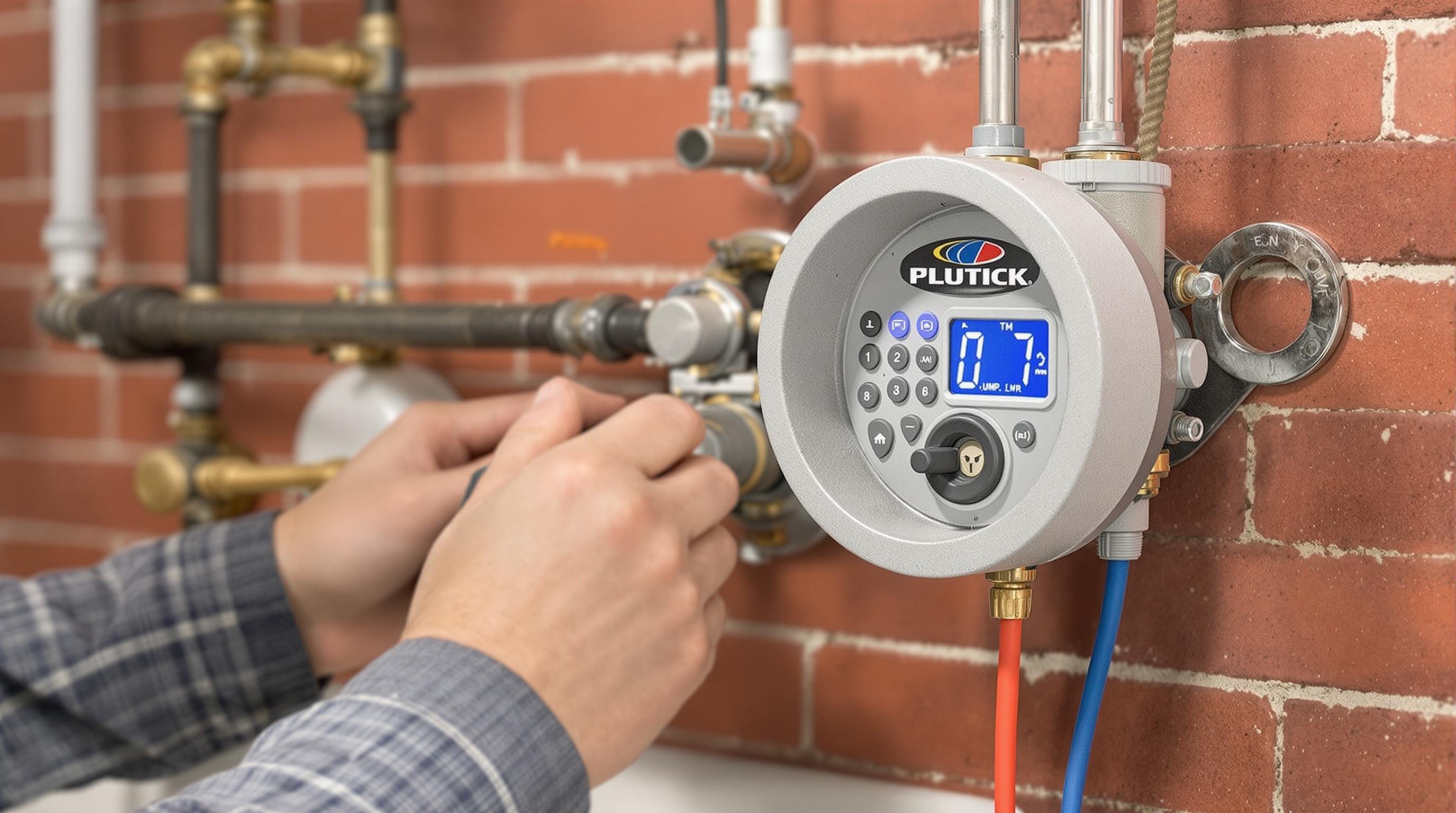Related Articles
- The Hidden Influence of Ergonomics: How Tool Design Shapes Our Physical Spaces and Daily Lives
- The Silent Influence: How Hidden Home Implements Shape Our Daily Routines and Spaces
- The Counterintuitive Role of Chaos: How Messy Tool Storage Can Lead to Unexpected Home Innovations
- Exploring the Unseen: How Audio Experiences Shape the Art of Domestic Spaces and Color Perception
- Rethinking the Mundane: How Everyday Objects are Becoming the Canvas for Modern Artistic Expression in Home Spaces
- Cultivating Chaos: The Surprising Benefits of Embracing Weeds in Your Garden Ecosystem
Exploring the Unseen: The Impact of Climate Change on Plumbing Durability and Electrical Systems Resilience
Exploring the Unseen: The Impact of Climate Change on Plumbing Durability and Electrical Systems Resilience
Climate change is intricately reshaping our world, affecting everything from weather patterns to infrastructure durability. An often-overlooked aspect of this crisis is its profound impact on plumbing systems and electrical infrastructure resilience.
Shifting Climates, Unseen Challenges
The climate is changing faster than many of us can adapt, and one of the hidden casualties of this shift is the integrity of our plumbing and electrical systems. As an 18-year-old aspiring environmentalist, I often find myself wondering: what happens beneath the surface during these transformations? The truth might surprise you.
Water, Water Everywhere - The Plumbing Predicament
In the United States alone, aging plumbing systems account for approximately 1 trillion gallons of water wasted each year due to leaks (U.S. Environmental Protection Agency). As extreme weather events become more frequent and intense, plumbing infrastructure is under increasing pressure. For instance, the heavy rainfall experienced in the Midwest in recent years has led to more incidents of flooding and sewer backups. Aging pipes unable to handle the increased load often succumb to the stress, leading to property damage and public health concerns.
Climate Change Statistics: A Deeper Dive
Consider this: according to a study by the American Society of Civil Engineers, nearly 30% of the United States' water mains are older than 50 years. Multiply that by the deterioration caused by climate change, and it’s clear we’re sitting on a ticking time bomb of plumbing failures that could have devastating consequences.
Electrical Systems: Shockingly Vulnerable
On the electrical side, the challenges are equally daunting. The rise in extreme weather events, such as hurricanes and wildfires, poses direct threats to electrical systems. Power outages can last days or even weeks, leaving communities vulnerable. In 2020, the National Oceanic and Atmospheric Administration (NOAA) reported that the U.S. experienced 22 separate weather-related disasters causing over a billion dollars in damages each. Each of these events tests the resilience of our electrical systems.
Building Infrastructure Resilience
So, what can we do? The resilience of our plumbing and electrical systems must be a priority, not an afterthought. Retrofitting existing infrastructures can help, but this requires funding and a commitment to change. For example, cities like Boston are exploring solutions to combat climate change's impact on their water systems by investing in smart technology that detects leaks early. This not only saves water but also reduces the strain on an already aging system.
Interconnected Systems: A Ticking Time Bomb
If you think plumbing and electrical systems are separate entities, think again. They are interconnected in ways you might not expect. For example, a major flooding event can lead to power outages, and a power outage can result in sewage treatment facilities failing to operate. The domino effect of these failures can be catastrophic, causing long-term public health issues when clean water becomes contaminated.
Case Study: Hurricane Harvey’s Aftermath
Hurricane Harvey, which struck Texas in 2017, serves as a stark reminder of this interconnectedness. The storm caused $125 billion in damages, primarily due to flooding. This unprecedented rainfall led to sewage overflows and the failure of pumping stations, creating an extremely toxic environment for residents. The plume of contamination spread through homes and waterways, leaving communities grappling with health and safety concerns for years to come.
Why It Matters
As these examples show, ensuring the durability of our plumbing and electrical systems is vital for protecting human life and maintaining societal order. Authorities must understand that investing in modern, resilient infrastructure is not just a luxury but a necessity. The longer we delay these necessary changes, the more exorbitant the costs will become.
Time for Action: A Persuasive Call for Change
The average person may think that climate change feels distant or abstract, but the reality is that it is impacting our daily lives now, including the systems we rely upon for basic safety and comfort. It is time for communities to take action now before the costs of inaction swell beyond our control. The longer we wait, the more entangled we will become in the adverse effects.
The Funny Side of Plumbing Failures
Let’s take a moment to look at this from a different angle: humor. Ever seen a viral video of a toilet overflowing? It can be hilarious until you realize that the cause might be a significant plumbing failure due to climate change. While we can laugh at the moment, the reality behind these viral videos isn't as funny. Plumbing disasters are often the result of systems pushed beyond their limits, and when they hit your home, it's no laughing matter!
Don't Be a Victim: How to Prepare Today
So, what can we do as individuals to prepare for the impacts of climate change on these essential systems? First, consider a home inspection. Know the age and state of your plumbing and electrical systems. There’s no harm in being proactive. Second, investment in energy-efficient appliances can ease the burden on electrical grids during peak usage, contributing to a more robust system.
Encouraging Political Action
Let’s also talk politics, because quite frankly, they need to step up their game. Policymakers must prioritize funding for infrastructure renewal and innovations to enhance resilience. We need bold legislation, not merely band-aid solutions. Individuals can get involved by contacting local representatives—our voices matter, and they need to hear a unified call for action.
Imagining the Future: A Resilient Community
Picture a future where your community proudly stands strong against climate challenges. Imagine buildings engineered to withstand intense storms, plumbing systems that self-diagnose leaks, and electrical grids powered by renewable energy sources. This vision is attainable. Some cities, like San Francisco, are leading the charge, incorporating sustainable materials and designs into their urban planning as we collectively respond to climate change challenges.
The Importance of Awareness and Education
Education is key. Schools and organizations must teach young people about the importance of sustainable infrastructure. As someone just embarking on life and decisions that affect our planet, I believe we have a duty to find innovative solutions to our pressing issues. Programs that encourage STEM (science, technology, engineering, and mathematics) for high school students, particularly focusing on sustainability, can foster a generation of problem-solvers ready to tackle these challenges.
Join the Conversation
In conclusion, the impact of climate change on plumbing durability and electrical systems resilience is real, urgent, and requires community engagement and action. Whether you're 16 or 70, we all have a role to play in advocating for better systems that can withstand the pressures of our changing planet. Have conversations, share ideas, and let’s collaborate to create resilient communities for the future.
Let’s stay informed, encourage proper policies, and invest in infrastructures that work harmoniously with the natural world. Remember, we all have a part to play in protecting our plumbing and electrical systems, ensuring they can endure the unseen challenges brought on by climate change.





